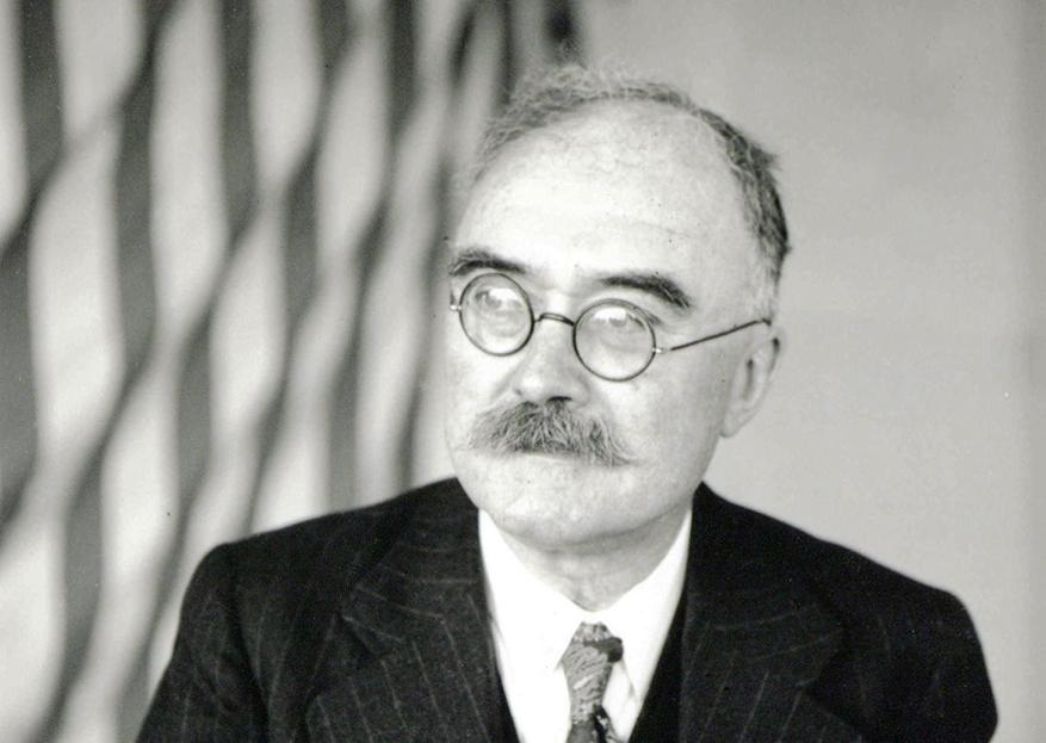Transcript
Claude Francis-Bœuf “The German press release gives us more cause to be optimistic every day. We feel that France is as good as liberated and are awaiting the end with confidence.”
Narrator This is how Claude Francis-Bœuf, having returned to France, remembered the summer of 1944 in Buchenwald. The inmates had known that the Americans were at the gates of Paris.
Claude Francis-Bœuf “How great was our surprise, when, around the 20th of August, another thousand Frenchmen arrived. They had been deported at the very last moment.”
Narrator Retreating from France, the Germans evacuated their camps near the capital. The inmates were taken to Buchenwald. But in Buchenwald, the Little Camp — the quarantine sector used for new arrivals — was overcrowded. Here, the resistance fighter Francis-Bœuf, who had been at the concentration camp for several months, worked as an inmate nurse.
Claude Francis-Bœuf “They live out in the open, penned up in tents (there is no more room in the wooden barracks). They can’t wash, are eaten up by lice and fleas, wade in mud and dust, have to endure four-hour-long roll calls; and they firmly believe that, in two weeks, a month at the most, they will be back with their families. I am trying to find out whether professors from the Sorbonne are among them, while I spray plenty of disinfectant on the festering boils.”
Narrator Francis-Bœuf was himself an academic; he had studied geography. Among those in the last transport from Paris, he did in fact discover several prominent scholars, including Maurice Halbwachs. The recognized sociologist had been arrested at the height of his academic career, in July 1944. The 67-year-old professor was not a member of the resistance, but the Gestapo had other reasons to arrest him: Halbwachs had been a member of the Socialist Party since 1906; his wife Yvonne was Jewish, and his father-in-law was a stark opponent of the Vichy regime. Halbwachs took a stand for both of them. Finally, his two sons joined the Résistance. Pierre, the younger, was taken to Buchenwald with his father. He survived the concentration camp. But Halbwachs fell seriously ill due to the conditions at the Little Camp. Francis-Bœuf wrote:
Claude Francis-Bœuf “Halbwachs, who was frighteningly thin, did not regain his strength. Whenever possible, he had his many boils bandaged. Halbwachs always came back looking like a lost mummy, wrapped from head to toe in paper that rustled with every move. His boils gradually went away. But he remained very weak. He was moved to a block in the main camp where he was with his son, and we hoped that, together, they would hang on and return to France. But Halbwachs got dysentery again and was sent back to Block 61.”
Narrator This was early in 1945, and in the meantime, the conditions in the Little Camp had worsened dramatically. Block 61 was being used as a catch-all for severely ill and dying patients – and as a murder facility. In Block 61, the SS killed hundreds of inmates with lethal injections. Halbwachs was spared this fate. But less than a month before Buchenwald was liberated, he died miserably of dysentery.
Long before his abduction, Maurice Halbwachs had been one of the first researchers to describe how individual memory is shaped by particular social circumstances. He made a critical contribution to our knowledge of how individuals remember events, for example mass crimes. His foundational works in the area of memory theory are still considered classics in the field today.


